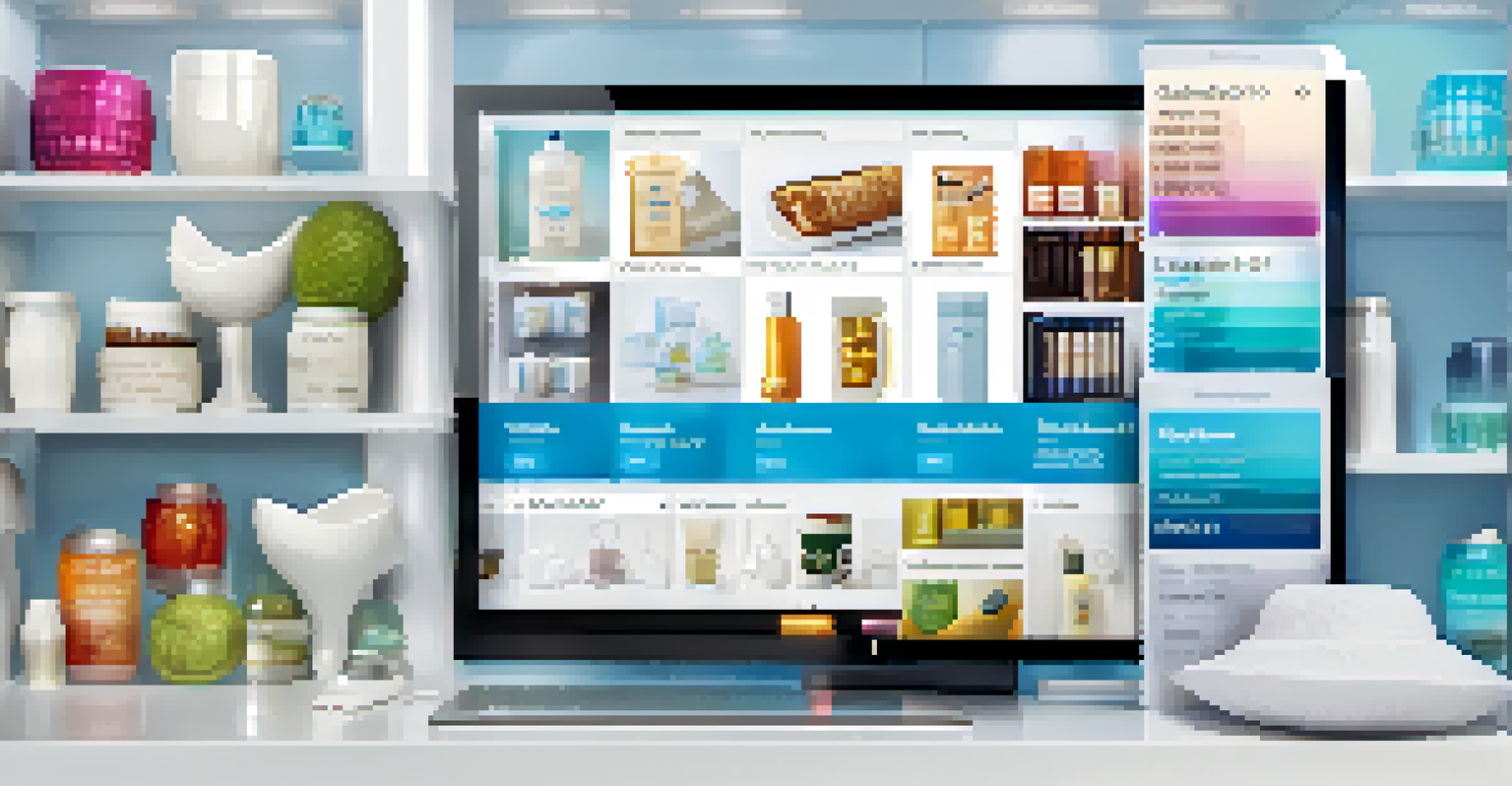Personalization Engines: A Comprehensive Guide for Businesses

What Are Personalization Engines and Why They Matter
Personalization engines are tools that analyze user data to tailor experiences uniquely for individuals. Imagine walking into a café where the barista knows your favorite drink—this is the essence of personalization in the digital world. By understanding customer preferences, businesses can create more engaging interactions that resonate on a personal level.
Personalization is not just about knowing your customer; it's about making them feel known.
These engines utilize algorithms and data analytics to predict what products or content a user might prefer based on their previous behavior. This means that just like a friend recommending a book, businesses can suggest items that feel familiar and relevant to the customer. The result? Increased satisfaction and loyalty.
In today’s competitive landscape, where consumers are bombarded with choices, personalization can set a business apart. When customers feel understood and valued, they are more likely to return, fostering a sense of community and trust.
How Personalization Engines Work: The Mechanics Explained
At the core of personalization engines is data collection, where various types of information about users are gathered, such as browsing history, purchase patterns, and demographic details. Think of this as collecting clues that will later help you solve a mystery about what your customers want. This data is then analyzed to identify trends and preferences.

Machine learning plays a crucial role in this process, enabling the engine to learn from data over time. Just like a student improving through practice, the more data the engine processes, the better it becomes at predicting customer preferences. This allows businesses to adapt and refine their offerings continuously.
Personalization Enhances Customer Loyalty
By tailoring experiences to individual preferences, businesses foster a sense of trust and community that encourages repeat engagement.
The ultimate goal of these engines is to deliver recommendations or content that feels like a natural fit for the user. Instead of a one-size-fits-all approach, personalization ensures that the right message reaches the right person at the right time, enhancing their overall experience.
Types of Personalization: Tailoring Experiences for Different Needs
There are various types of personalization engines, each serving different purposes. For instance, content recommendation engines suggest articles or videos based on what users have previously interacted with, much like a friend sharing their favorite films. On the other hand, product recommendation engines are often used in e-commerce to suggest items based on a user’s shopping habits.
The best way to predict the future is to personalize it.
Personalization can also extend to email marketing, where businesses can send tailored messages based on user behavior. Imagine receiving an email that highlights products you’ve shown interest in rather than generic promotions—that’s the power of personalization at work. This targeted approach can significantly increase engagement rates.
Additionally, there are dynamic websites that change their layout and content based on user interactions in real-time. This means that when you visit a site, it feels curated just for you, creating a more immersive and enjoyable experience.
Benefits of Personalization Engines for Businesses
Implementing personalization engines can lead to numerous advantages for businesses. One of the most significant benefits is improved customer engagement, as personalized experiences often encourage users to spend more time on a website or app. This engagement can translate into higher conversion rates, ultimately boosting sales.
Moreover, personalization can enhance customer loyalty by making individuals feel valued and understood. When customers receive tailored recommendations, they are likely to return for more, fostering a long-term relationship. Think of it as building a friendship where trust and understanding deepen over time.
Data Privacy is a Key Challenge
As personalization engines rely on user data, businesses face the critical challenge of navigating privacy concerns and regulations.
Additionally, personalization engines can provide valuable insights into customer behavior, allowing businesses to make informed decisions. By analyzing what resonates with their audience, companies can refine their marketing strategies, ensuring they meet consumer needs effectively.
Challenges in Implementing Personalization Engines
While personalization engines offer many benefits, they also come with challenges. One significant hurdle is data privacy, as consumers are increasingly concerned about how their information is used. Businesses must navigate privacy regulations and ensure they are transparent about data collection practices.
Another challenge is the complexity of integrating these engines into existing systems. Companies may need to invest in technology and staff training to ensure that their personalization efforts are effective. This can require a substantial upfront commitment, which may deter some businesses.
Lastly, there is the risk of over-personalization, where customers feel overwhelmed by targeted suggestions. Striking the right balance is crucial; personalization should enhance the user experience, not dictate it. Businesses need to remain sensitive to customer preferences and feedback.
Best Practices for Leveraging Personalization Engines Effectively
To maximize the benefits of personalization engines, businesses should start by collecting the right data. This means not only focusing on quantitative data, like purchase history, but also qualitative insights, such as customer feedback. This holistic approach allows for a deeper understanding of customer needs.
Testing and iteration are also essential in this process. By experimenting with different personalization strategies and measuring their impact, businesses can optimize their approach. Much like a chef perfecting a recipe, fine-tuning personalization efforts can lead to more delightful customer experiences.
AI Is Shaping Future Personalization
The integration of artificial intelligence will enable more proactive and sophisticated personalization strategies, meeting evolving consumer expectations.
Finally, maintaining transparency with customers is key. Informing them about data practices and allowing them to customize their preferences can help build trust. When customers feel in control of their data, they are more likely to engage positively with personalized experiences.
The Future of Personalization Engines: Trends to Watch
As technology evolves, so too will personalization engines. One significant trend to watch is the rise of artificial intelligence (AI) in enhancing personalization. With AI, these engines can not only analyze data but also predict future behaviors, offering a more proactive approach to customer engagement.
Another trend is hyper-personalization, where businesses deliver experiences that go beyond simple recommendations. This could include personalized pricing strategies or unique promotions based on individual user profiles. The goal is to make every customer feel unique, increasing the perceived value of the service or product.

Finally, as consumers become more accustomed to personalized experiences, businesses will need to keep pace with their expectations. Staying ahead of trends and continually refining personalization strategies will be crucial for maintaining a competitive edge in the marketplace.